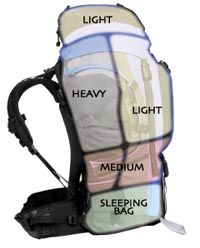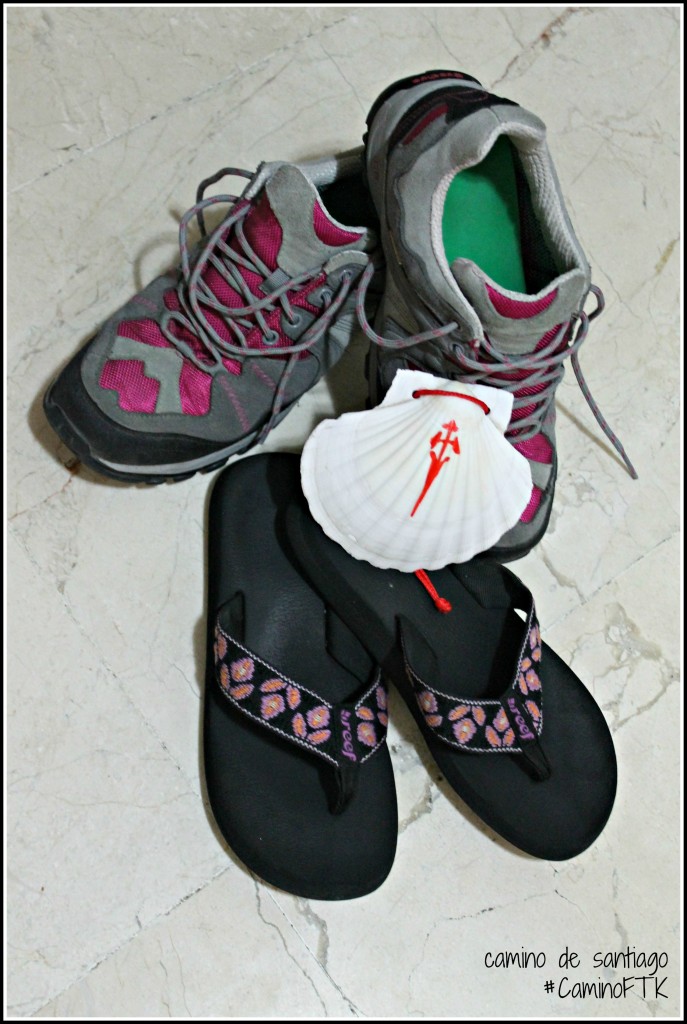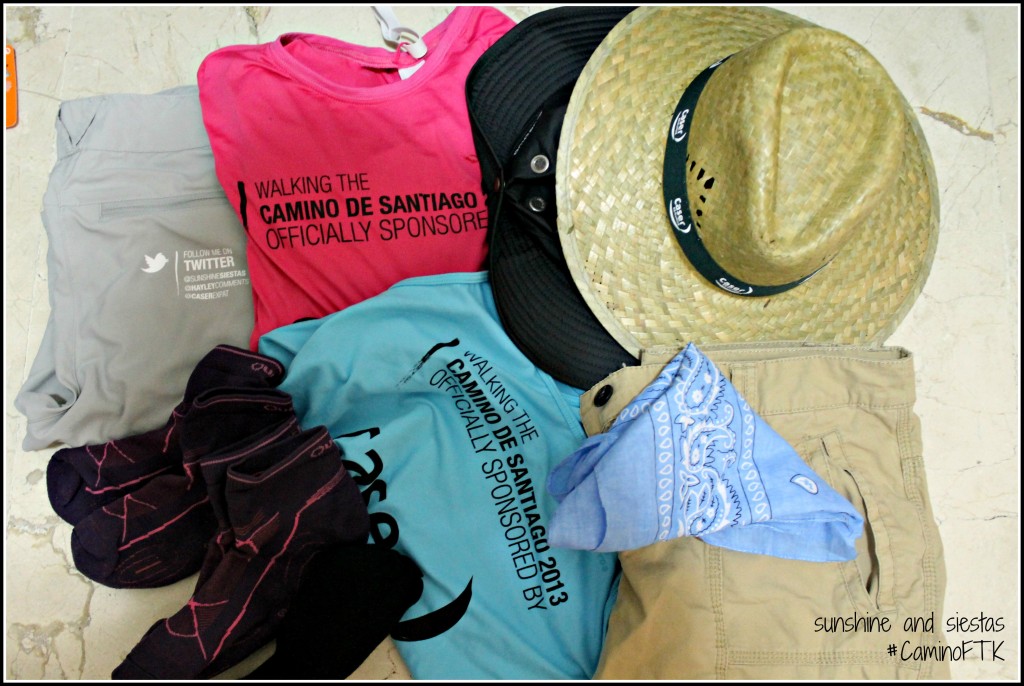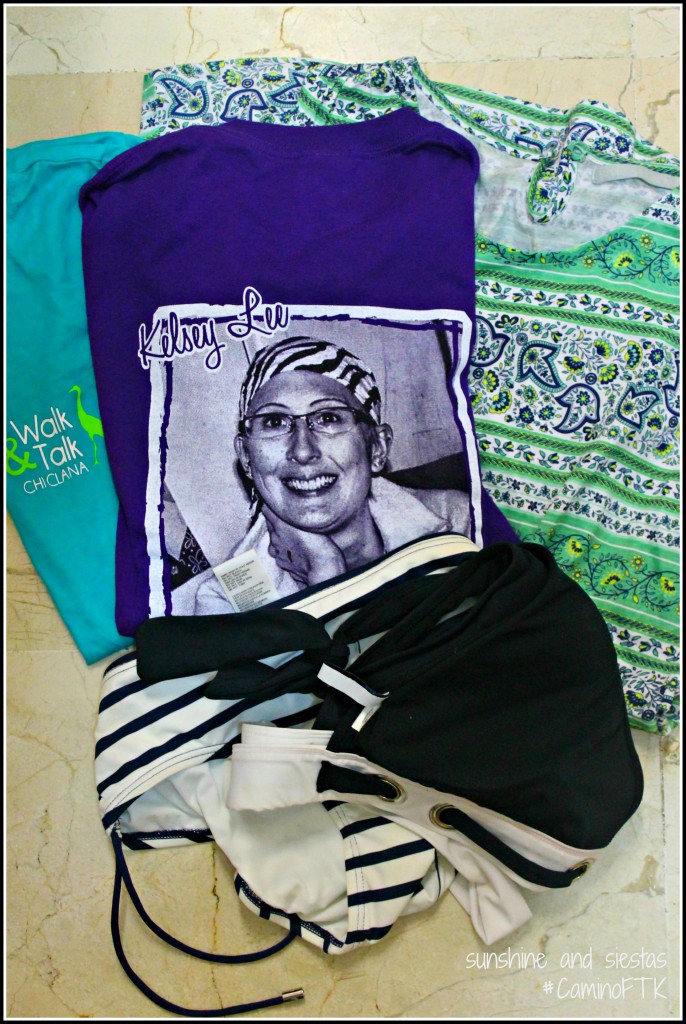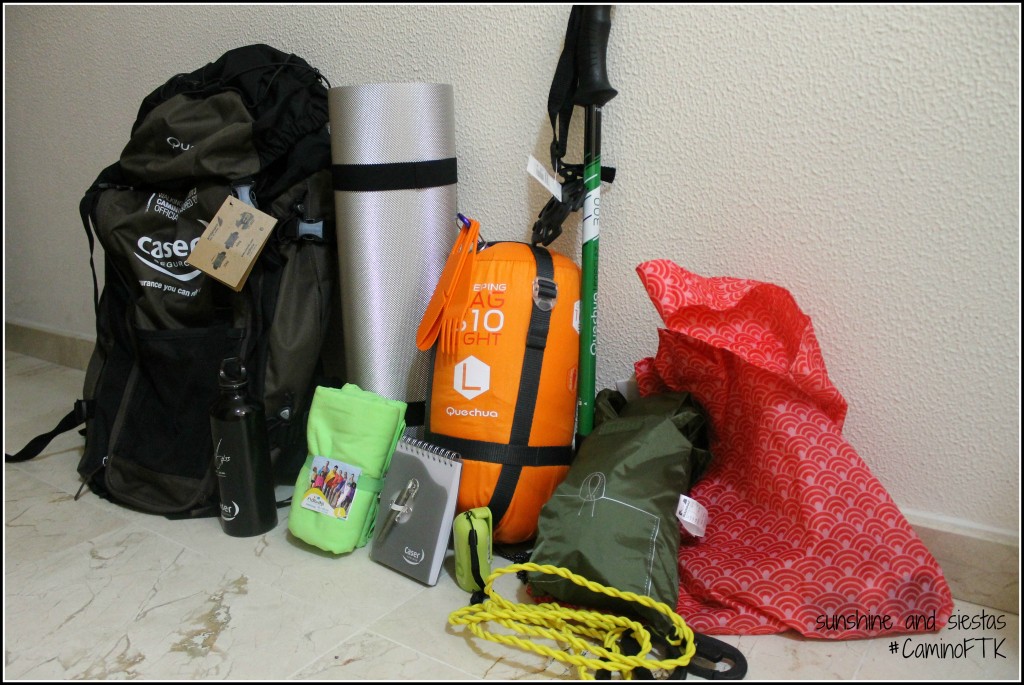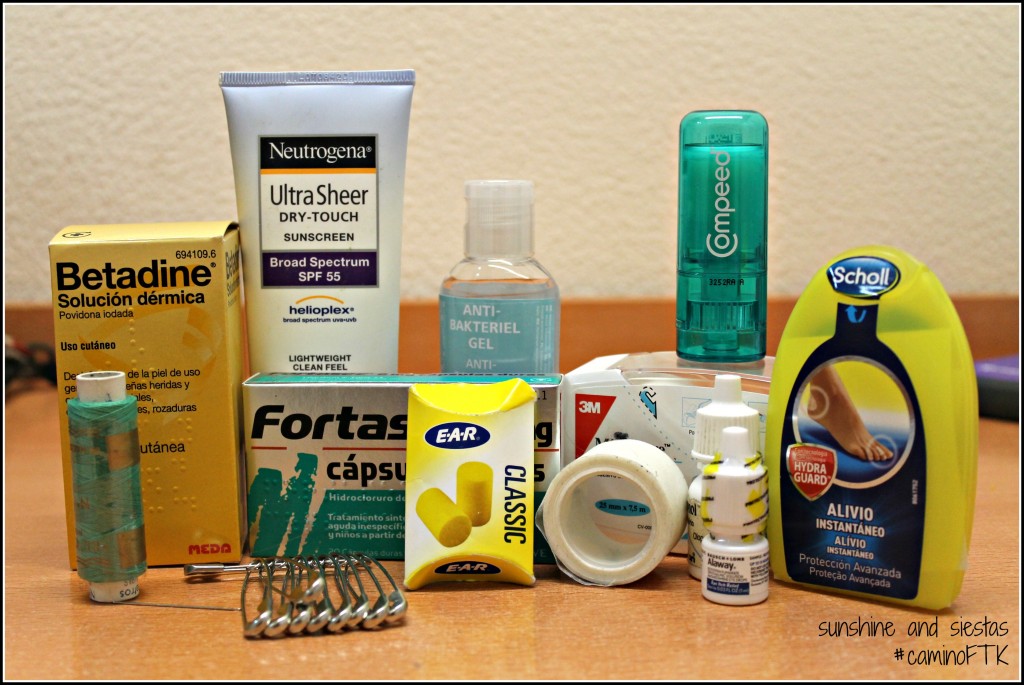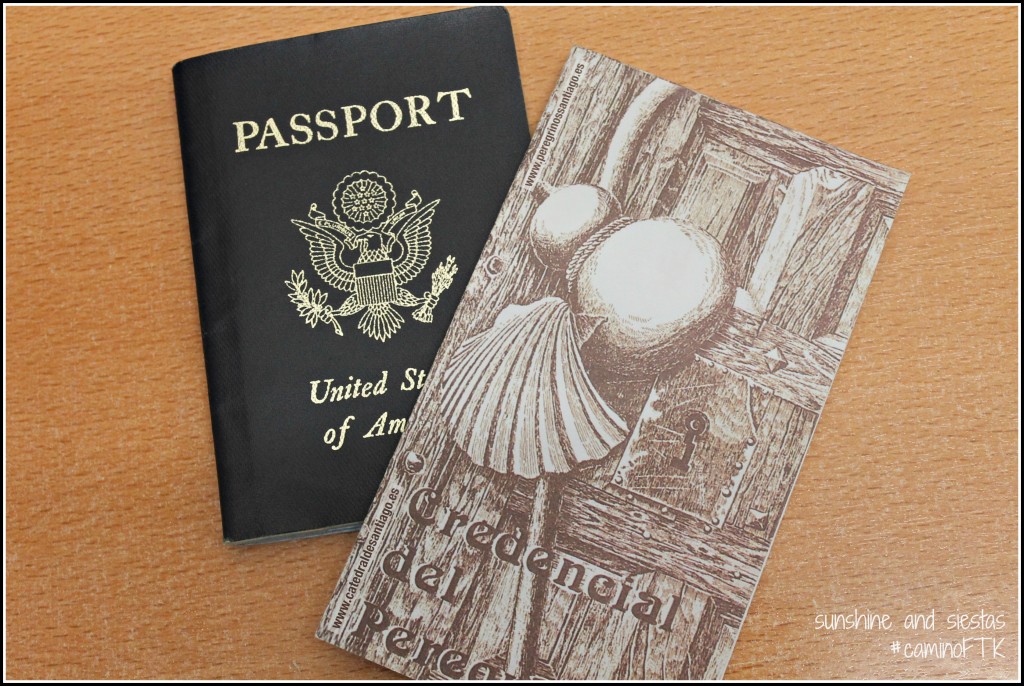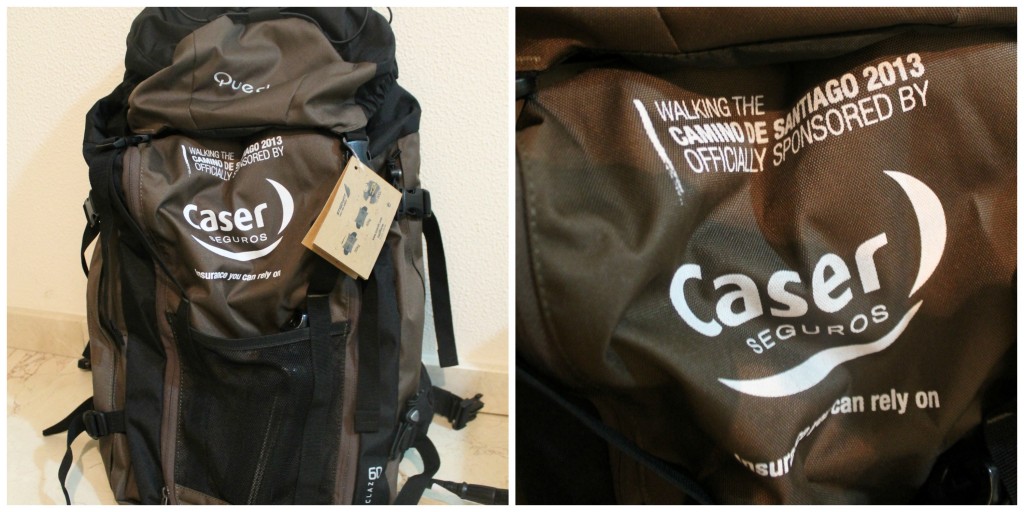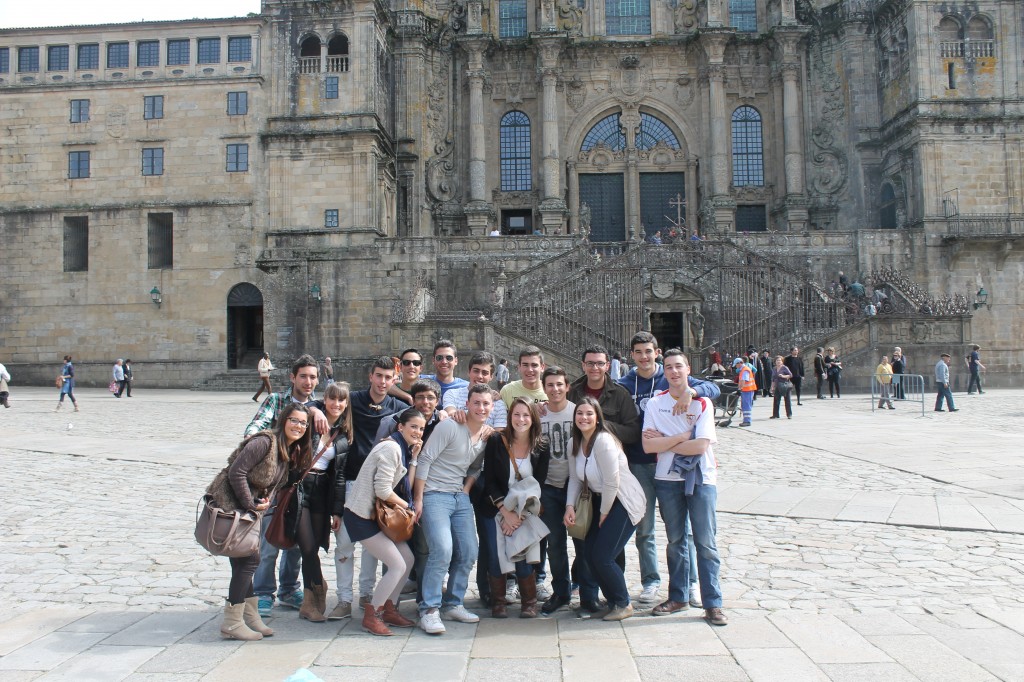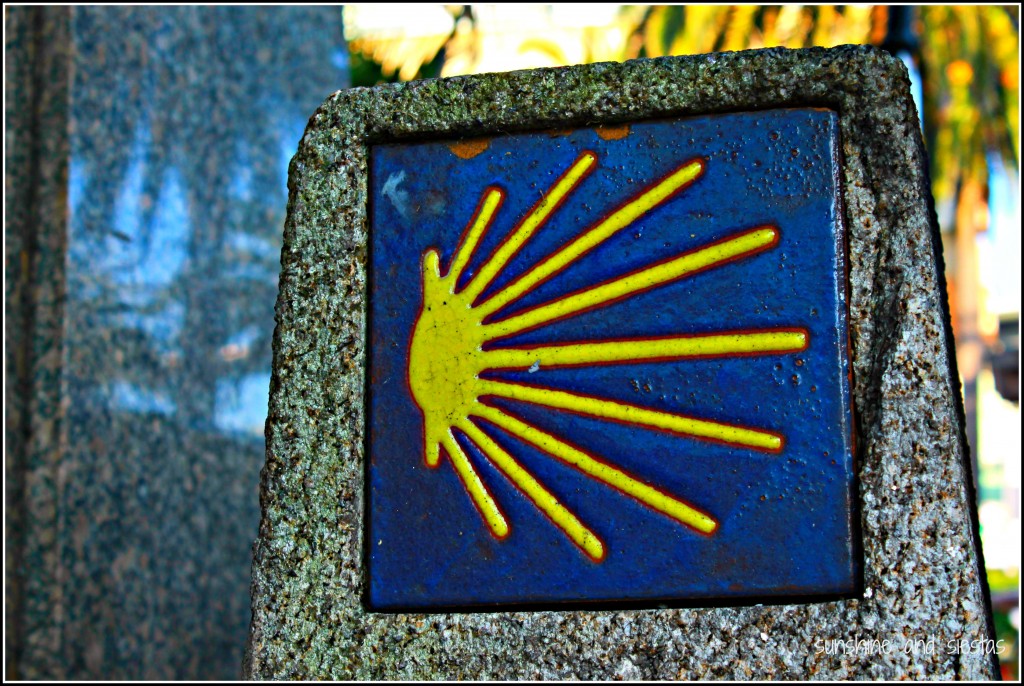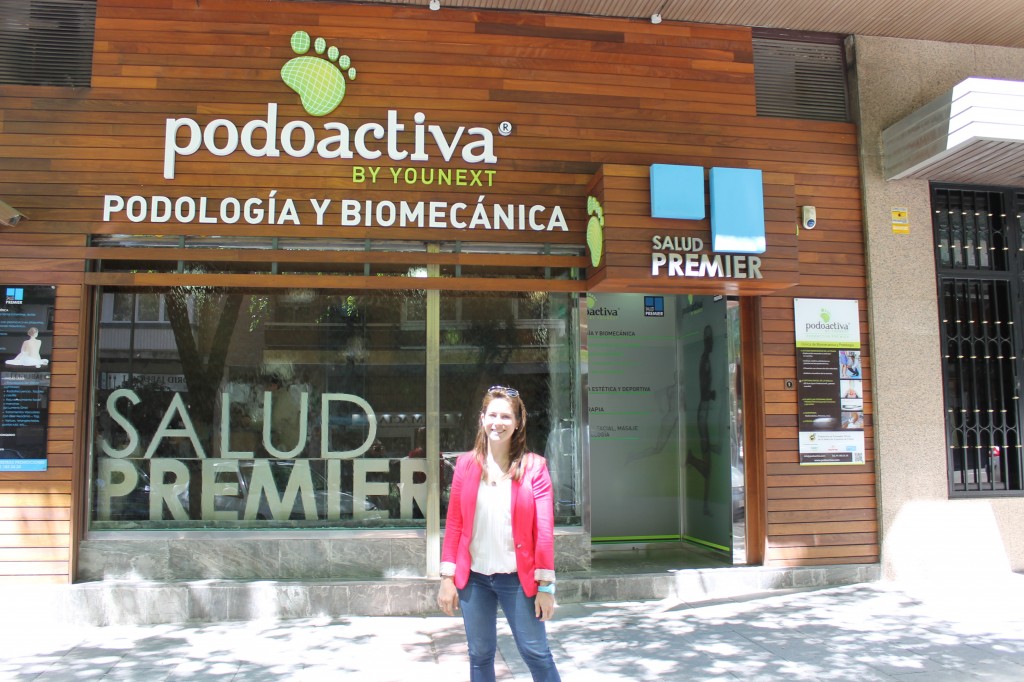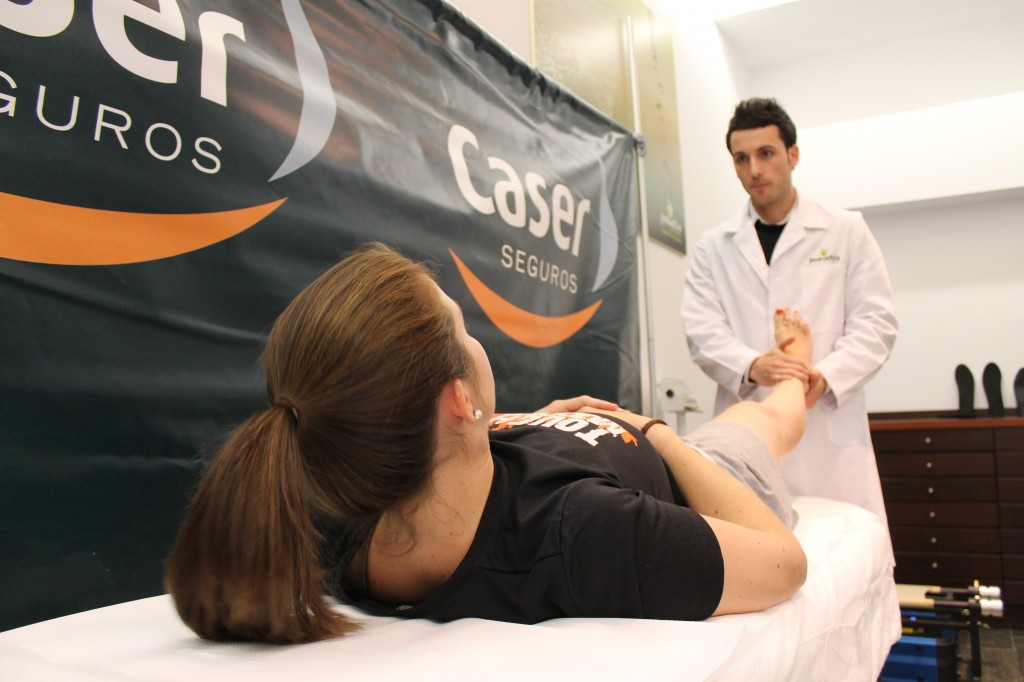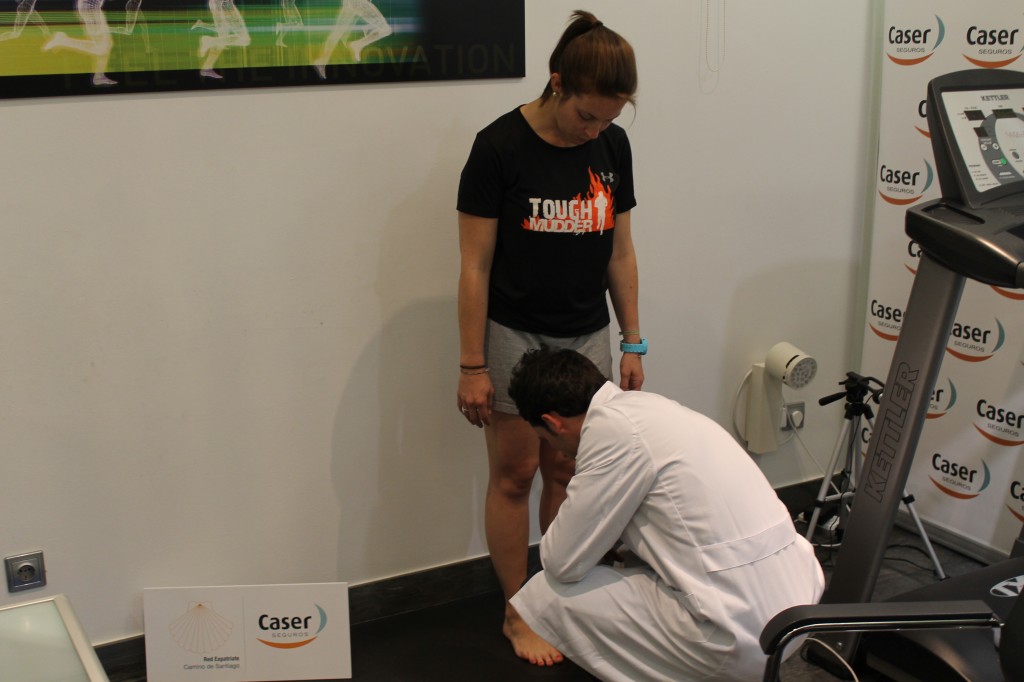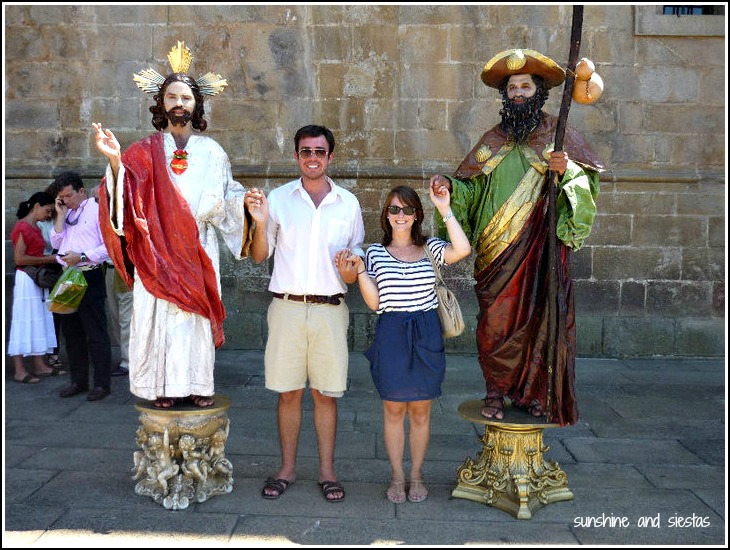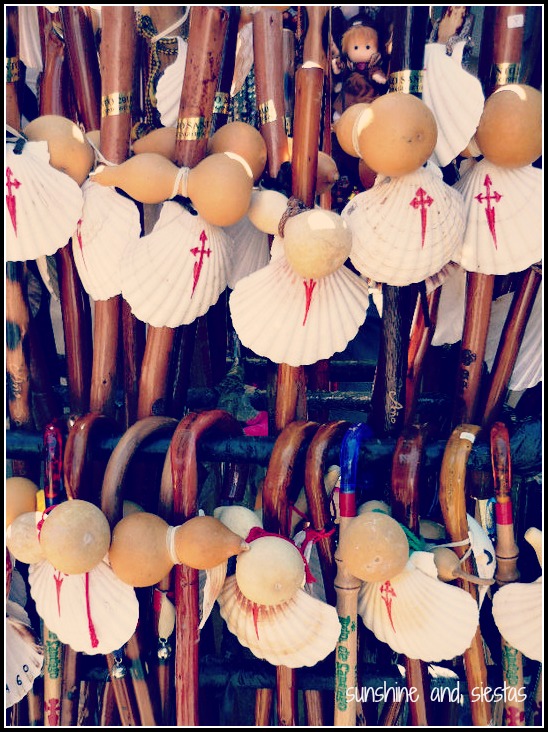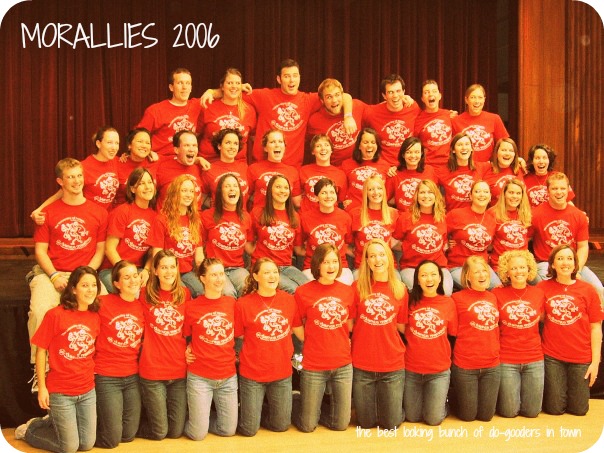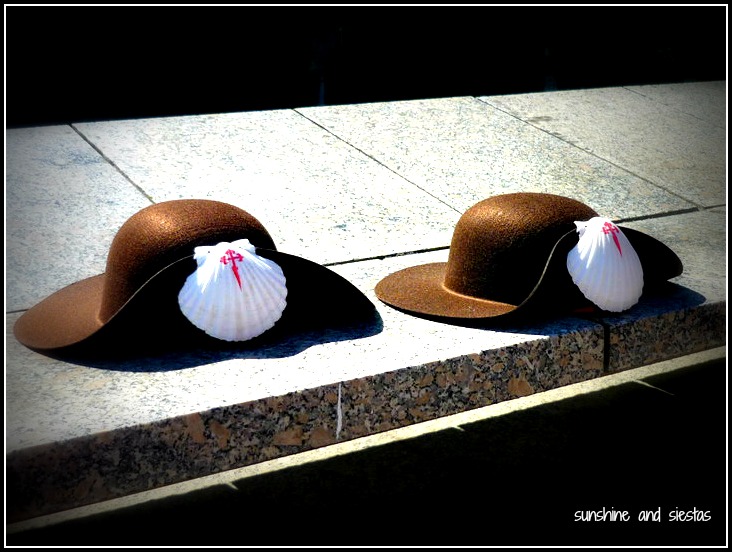As I kid, I used to marvel at how my father could pack a bag, pack the trunk of the minivan or pack enough goodies into the fridge to keep us happy.
I may have inherited his travel hacking skills and his love of beer, but girl did NOT get his gift of packing.
Hiking the Camino de Santiago posed a problem: I needed to find a way to pack equipment for a 200mile hike across Spain through both rain and shine. As a rule of thumb, your pack should weigh around 10% of your body weight, which meant I had around six kilos to work with for two weeks and 12 stages to Santiago. The packing should go more or less like this:
Like always, it’s been a battle of packing, unpacking, moving piles, reducing wares, rationing pills. Here’s what’s in my pack and now on my back:
The Footwear
If there was one place where I wouldn’t skimp in preparation for 200 miles on The Way, it was with my footwear. I had just two requirements: as these boots would be strapped to my feet for 3 – 8 hours a day, they needed to be comfortable, and due to the tendency of rainy weather in Northern Spain during the summer months, they also had to be waterproof.
Be aware that there are also two types of boots – those that are high and protect the ankle, and those that don’t. Had I known that I had weak ankles because of my years of gymnastics, I likely would have bought the higher boots to prevent twisting an ankle – the Camino del Norte is also a bit more strenuous and full of hills, unlike the majority of the popular Camino Francés.
In the end, I settled on Quechua brand Arpenaz ankle boots with Novadry that weight 750g and have shock absorbers. I’ve been wearing them, along with my custom-made insoles from Podoactiva, as much as possible before the trek. I’ve also packed a pair of supportive Reef brand flip flops for showers, any stops at the beach and for exploring the stops in the evening.
Summary – hiking boots and flip flops.
The Clothes
The Camino is certianly not a fashion statement – I have left home my jewelry, my makeup and my hair products in favor of two-in-one shampoo/conditioner and a plastic comb, my cute rebajas steals for garments with built-in wicking
Decathlon, the French sporting goods company, is chock-full of outdoors clothing, but I was clueless – I’d rather spend my weekends in gastro bars and wandering around with my camera than climbing over fallen tree limbs. I went with the basics – t-shirts and tanks with built-in wicking for perspiration, anti-blister socks, pants that convert into shorts with just a zip, and a waterproof hat and a straw hat in case there’s sun.
Of course, I’ll need non-Camino clothes for when I’m not out walking, so I’ve thrown in a swimsuit (our first five days are along the beach), comfy pajamas, a lightweight cotton dress and a t-shirt from sponsor Walk and Talk Chiclana. Wicking be damned when I sleep!
Summary: Two Ts made of wicking, one tank, one pair of pants, one pair of shorts, five pairs of socks, undergarments, a cotton handkerchief, a fisherman’s hat and a straw hat. I’ve also got sunglasses, since I’m hoping for some sun!
The Equipment
Not only will I need clothing (and likely a change of clothing due to rain), but there’s a lot of other things that will make up my pack weight. I have a lightweight sleeping bag and sleeping bag, an aluminum walking stick, a rain poncho and a flashlight.
I’ve also been told to bring a collapsable bag for evening time to carry my camera and wallet, or to shop or carry groceries, so I grabbed a cheap one at Tiger.
Summary – sleeping pad, sleeping bag, shammy, rain poncho that both Hayley and I can fit into, a water bottle and a walking stick.
The Traveling Pharmacy
Veteran pilgrims warn of road hazards – blisters are rampant, food doesn’t always sit well with stomachs (though I think mine is pretty well adjusted to Spanish cuisines) and there is always, ALWAYS someone snoring in the albergue. I spent a pretty penny on items at the pharmacy, and it seems that the pharmacists in Coruña seem to understand what a pilgrim needs much better than those in Sevilla. Behold, my traveling pharmacy:
Included here is Betadine (antiseptic spray), suncream, a needle and thread to sterilize any blisters, earplugs, 10 big safety pins, anti-bacterial hand gel, a Compeed anti-rub stick, anti-allergy eyedrops, micropore (tape), and various anti-blister pads and bandaids. Not pictured are the ibuprofen and allergy pills. From all accounts, pharmacies along the way are well-versed in pilgrim care, so anything else we need can be bought on the road. The contents are light with all of the casing taken away, and will get lighter as the days wear on. I’ve got my medicine cabinet packed at the very top of my bag.
The Extras
There were other things I just couldn’t travel without on a normal trip – a small, paper notebook and a few pens, my Kindle, Camarón. These three things will be coming along with me on the Camino, worth their weight in gold (or albariño wine) as far as I’m concerned. I’ve also got a clothesline, a waterproof watch, a jackknife, and my electronics, which included an iPod and my two cameras. I may regret the electronics…
Other pilgrims choose to bring little trinkets from home, like packages of instant coffee or a small dictionary to help with the Spanish. Two things you cannot forget is some kind of ID card and your pilgrim’s passport. I was forced to bring my American passport for my RyanAir flight back to Seville, and the pilgrim passport works like one that allows you to travel between countries – at stops along the way in churches, albergues or Pilgrim offices, your passport will be stamped as proof that you’ve done the Camino. I got mine sent right to me by Petersborough Pilgrims.
The seashell I bought on my first trip to Santiago five years ago will also be affixed to my bag. Let the buen camino piropos roll!
The Pack
Apart from the importance of footwear, the backpack you choose will likely be one of the most important purchases you make before taking on the Camino. Meet my mochilita, who I will name Santi in order of St. James and his inspiration for this walk:
If you’re not a trekker, look for a bag that has a weight distribution that will put everything on your hips. This Forclaz 60L bag has meshing to help my back breathe, loads of extra pockets to put important things and a divider that separates the heavy things from the lighter ones further up my back. Santi will be, for better or worse, my closest friend on the hike, and like many pilgrims I’ve seen in the Plaza del Obradoiro at the end of the Camino, I’ll be resting against him, staring up at the spire of the cathedral.
Then it’s onto the spa to scrub all of the Camino grime off of me and massage out all of the knots!
The Giveaway:
Our official sponsors, Caser Expat Insurance, are treating Hayley and I to a few experiences once we arrive to Santiago on August 11th. We’ll be able to relax in the beautiful ancient city, enjoy the local cuisines and even get a massage, and Caser Expat wants to extend that to one lucky reader of Sunshine and Siestas, too. You’ll have the opportunity to choose a ‘La Visa es Bella’ experience, valued between 50-100€, to be used in Spain. You can choose accommodation or a spa/relaxation experience of your liking. This giveaway is only open to residents (or future residents!) of Spain, and the winner will be announced when I arrive to Santiago on the 12th and notified through email.
Don’t forget I’ll be tweeting and instagramming here and there over the next 14 days and 200 miles, so follow along at @sunshinesiestas and @caserexpat with the hashtag #CaminoFTK. Thanks again for all of your support, and buena suerte!!
